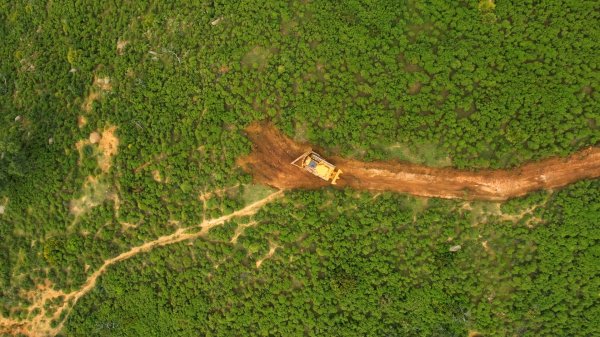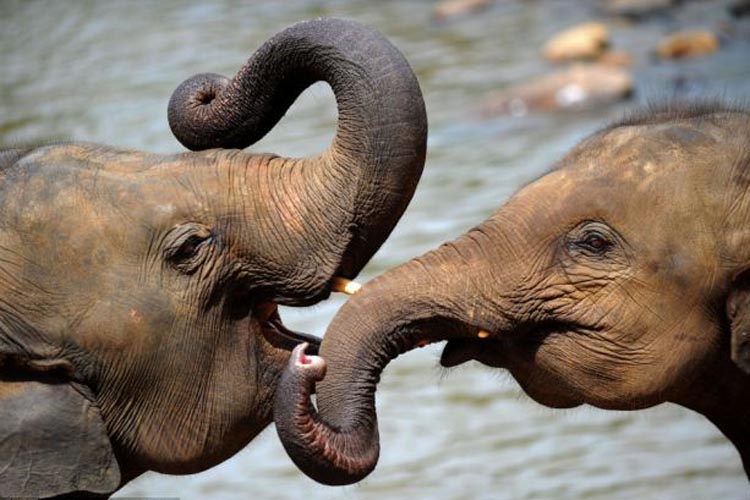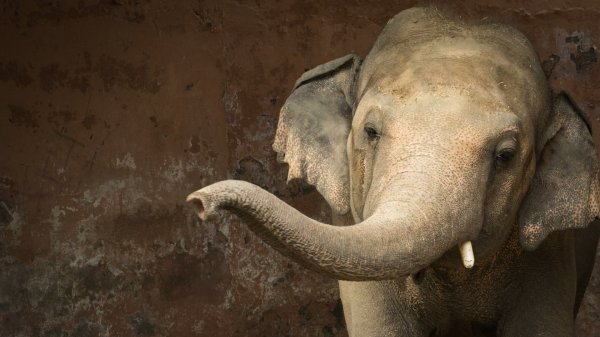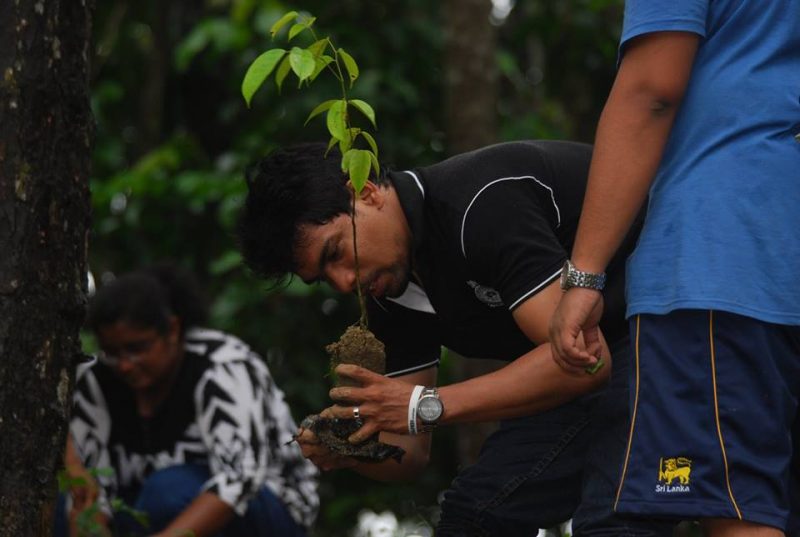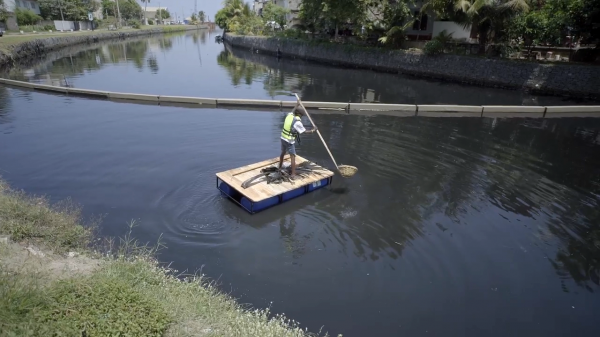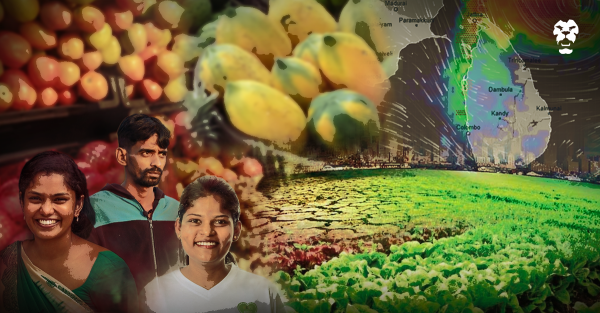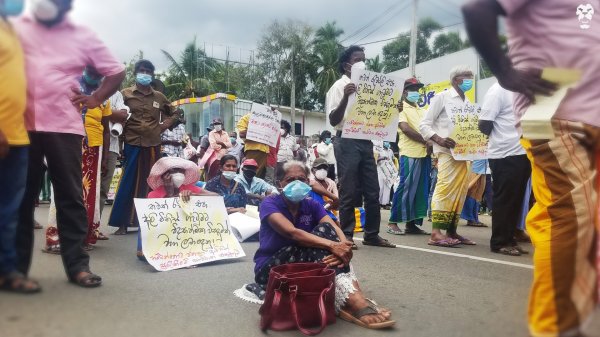
Text: Psyche Kennett
Photography: Walter Keller
These photographs were taken in the jungle areas of Trincomalee, Mullaitivu, Mannar, Vavuniya, and Kilinochchi.
The Hindu god Katharagama used it as his coach and horses, riding around in colourful splendour. Two of them, necks intertwined, gild the portal of the inner sanctum of the Temple of the Tooth. Queen Elizabeth the First ate it on special occasions, its feathers adorning the dish. And the Afghan Kings named the most precious artefact in their crown jewels after it: The Peacock Throne, a masterpiece of emeralds and sapphires. As you can see, it’s no ordinary bird.
Technically, the Indian Blue Pea Fowl, or pavo cristatus, is native to Sri Lanka. It lives mostly in the North and East, preferring the warmth and more arid open forest habitats of the dry zone. It’s usually after the rain that the peacock shakes out his exquisite tail feathers and dances for the peahens. Supposedly it’s all in the eyes. The beautiful turquoise, blue and gold ‘ocelli’ in the centre of each tail feather are what attracts – and the more eyes the better.
Some ornithologists argue it’s the ability to wave around this heavy, 1.2 metre tail-piece that really lets the peacock show off his sexual prowess. Even from behind, as the peacock reverses into his dance, the extraordinary red and grey are a sight to behold. Yet every January the peacock sheds his bounty only to grow a new set of feathers in rapid succession so he’s equipped for the ball by June.
Amidst this colour and mystique, it’s maybe more accurate to say that peafowl are a peculiar mixture of the ordinary and the extraordinary. In fact, they’re pheasants, but difficult and unpredictable to raise in captivity. (Perhaps a good thing. They’re protected as a wild species in Sri Lanka and if you want to keep them at home you need a special licence from the Government Agent.)
The peahens are mostly a dull brownish grey and look on, nonplussed, while the peacock struts his stuff. On the alert for predators, their heads are in constant motion, bobbing every-which-way as they feed. Their distinctive call is harsh – an unmistakably loud shriek that travels far across the fields – to greet the dawn or warn of danger. It somehow doesn’t go with the irresistible iridescence of its plumage.
Peafowl are omnivores. They feed on ants, worms, frogs, and small snakes to get the high percentage of protein their systems require. But they also eat seeds, flowers, fruits, and even some poisonous plants. They forage in groups and these groups are called parties. Trust them to have such a fancy collective noun: a party of peacocks.
Peacocks can fly, but the sheer length and weight of their tails makes for a gawky running struggle until they are airborne. Their brief flight is rarely captured on film. They usually aim for the lowest branch on a very tall tree and then work their way up perch by perch to the top. From there they command a magnificent view of their terrain, and safe from predators, roost for the night.
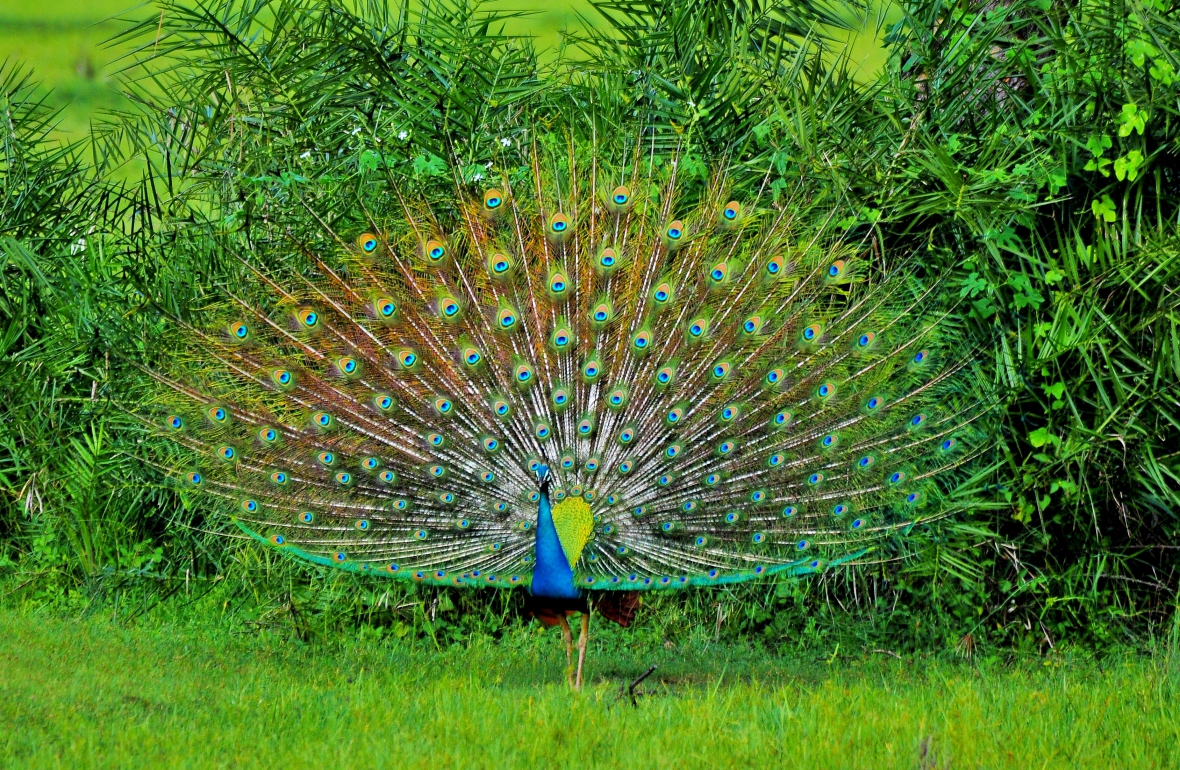

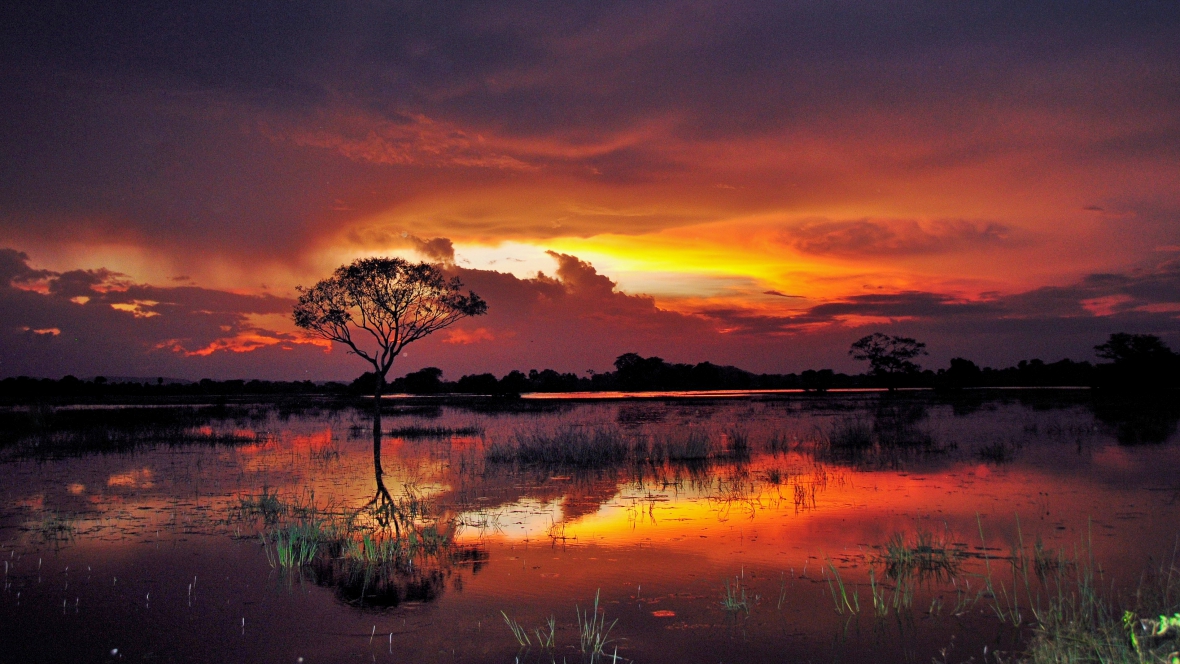
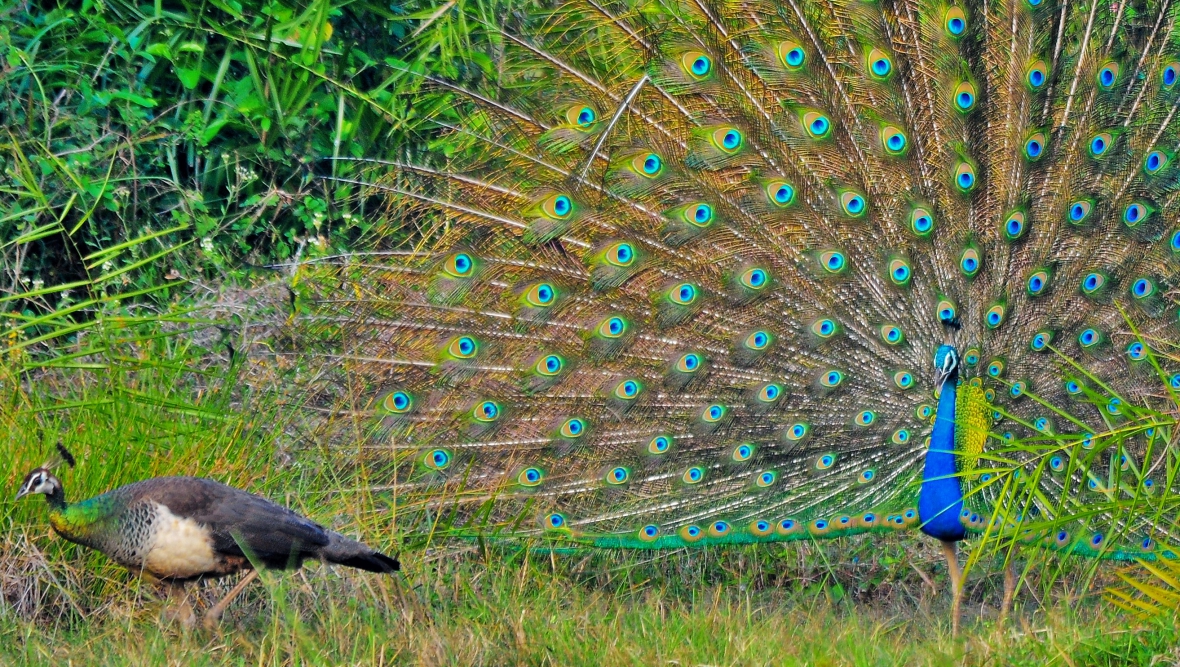


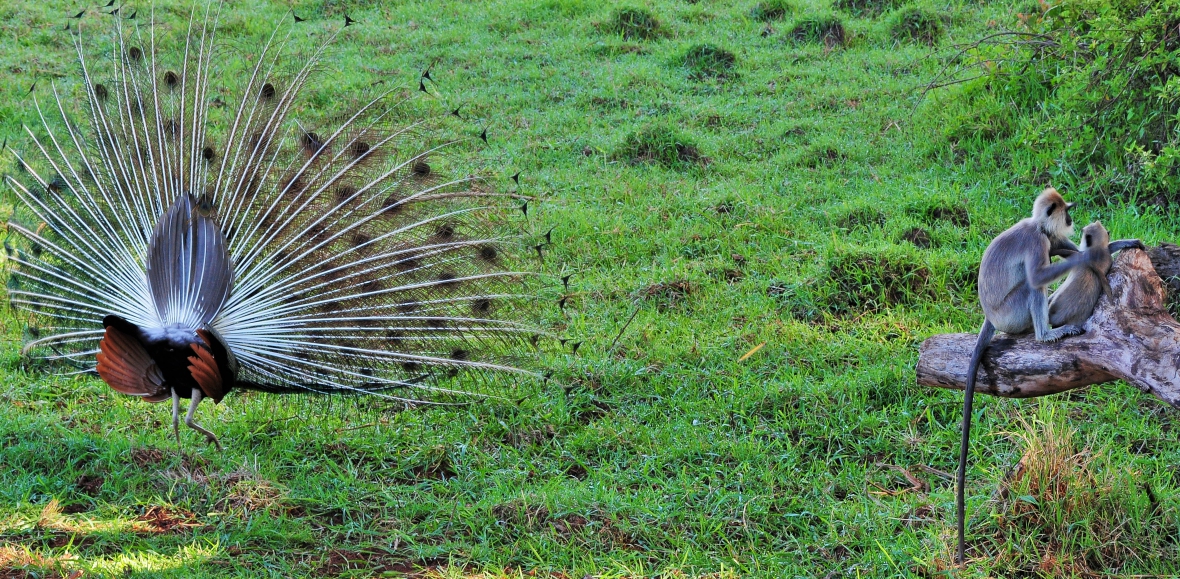

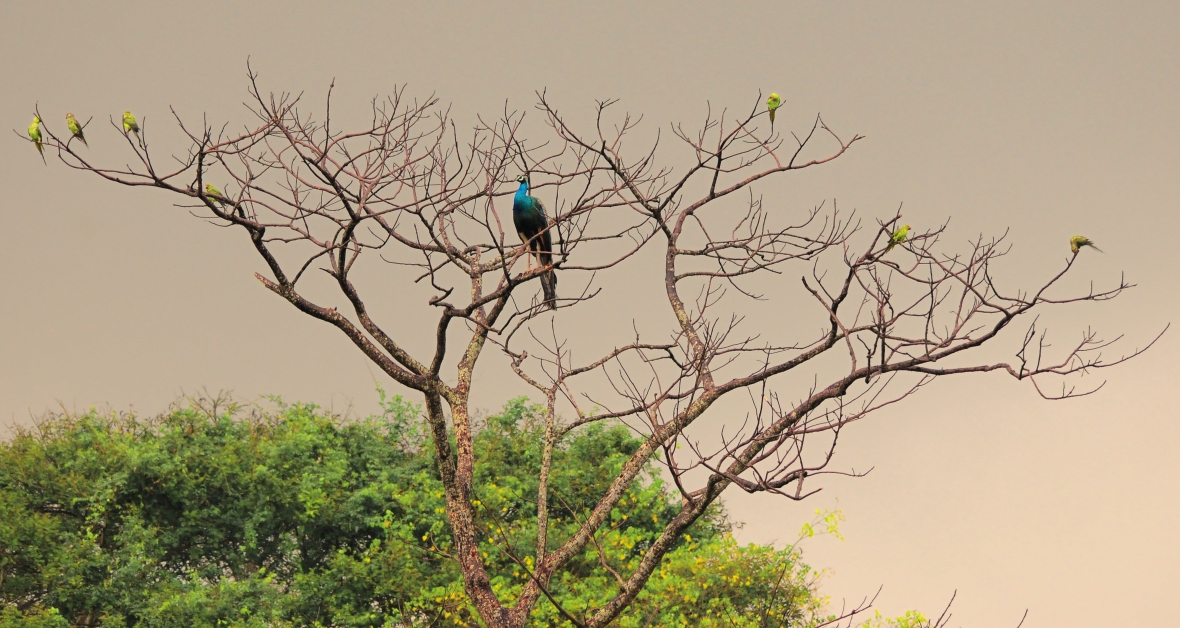
Walter Keller has worked as a photographer and written extensively on South Asian countries for various newsprint agencies in Germany, Austria and Switzerland. His interest in Sri Lanka began more than 40 years ago, and he has continued to travel, photograph and engage in the country ever since.
Psyche Kennett works in education and development in Sri Lanka and beyond. Promoting social inclusion through schools and local government, she has crisscrossed the Northern and Eastern Provinces. This has given her a ring-side seat for ‘where the peacocks dance’.
